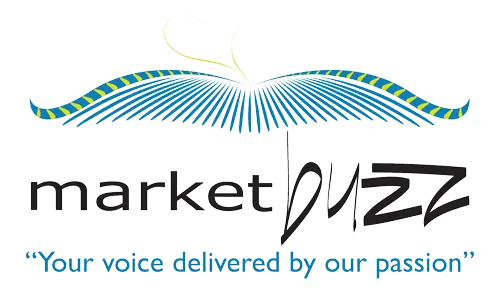We’ve all been there—you’re ready to engage a PR or communications agency, full of ideas and big goals, but not quite sure how to convey what you really need. It’s easy to default to a general “we want media coverage” or “we need help with content,” but those vague starting points can result in missed opportunities, misaligned expectations, and muddled messaging.
A solid brief is the bridge between what you want and what your agency can deliver. And when it comes to working with a public relations agency in Dubai, where the media landscape, cultural nuances, and business pace move fast—you want to get that brief right from the start.
Why a Good Brief Matters
Think of your agency as an extension of your team. The clearer and more collaborative the briefing process, the faster they can add value. A well-structured brief helps the agency:
- Understand your brand voice and values
- Align communications with your business goals
- Identify gaps or opportunities you may have missed
- Hit the ground running with strategic, actionable plans
And let’s be honest—none of us wants to waste time on back-and-forth emails when it could have been covered in the initial brief.
What to Include in Your Brief
Here’s what a good agency briefing should cover (don’t worry—you don’t need a 20-slide deck):
- What You Need Help With
Be specific. Are you launching a product? Entering a new market? Trying to rebuild trust after a reputational hiccup? Whether it’s media outreach, social media strategy, or thought leadership, clarity helps everyone plan better.
- Your Goals (Not Just Tactics)
“We want press coverage” is a tactic, not a goal. Try framing it as: “We want to build awareness among prospective B2B clients ahead of a major industry event.” Or: “We want to position our founder as a voice of authority on sustainability in the GCC.”
- Who You’re Trying to Reach
Different audiences require different messages and media channels. Knowing whether you’re targeting investors, customers, regulators, or media makes a big difference to the approach.
- Timing and Urgency
If you’re facing a tight timeline or planning around an external milestone (like an event or funding round), flag it early. Your agency can adjust accordingly—or let you know what’s realistic.
- Budget Parameters
This doesn’t have to be exact, but even a ballpark figure helps the agency recommend the right mix of services. It also avoids wasting time exploring ideas that may not be viable.
- Brand Guidelines and Background
Got a tone of voice guide? Company boilerplate? Past media coverage or campaigns? Share them. It helps your agency understand how to speak your language and where you’ve been before.
Tools That Make Briefing Easier
To make this easier for clients (and ourselves), we recently revamped our own briefing form. It walks you through all the key questions and makes it feel more like a conversation than a chore.
If you’d like a sneak peek or would like help creating one of your own, check out ours.
What Happens Next?
Once your brief is submitted, your agency should come back with a tailored proposal or scope of work. This is where the collaboration really begins—refining priorities, aligning on timelines, and mapping out the first few steps.
Remember: a great brief doesn’t mean you need all the answers. It just gives your agency the right starting point to ask the right questions—and deliver work that actually moves the needle.
If you’re working with a public relations agency in Dubai or elsewhere, take the time to craft a thoughtful brief. It sets the tone, saves time, and builds the foundation for a strong, successful partnership. And if you’re unsure where to start, your agency (like us!) can guide you through it.



